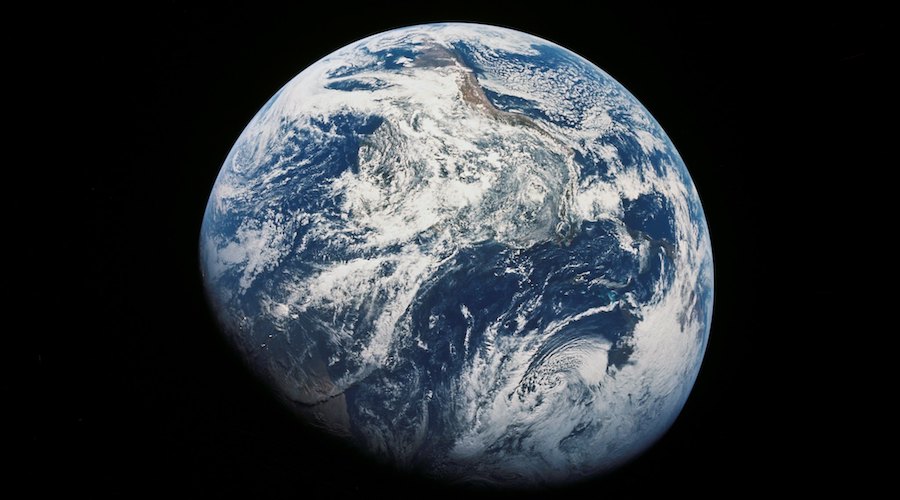
Pairing satellite images with an existing global network of radio telescopes can be used to observe a previously unseen whole-of-planet picture that shows the movement of the Earth’s surface as a result of geological and man-made forces.
This, according to a paper published by Curtin University researchers in the journal Geophysical Research Letters.
The study proves that satellite images that capture, by continent, the geological processes that shape the Earth’s crust can be integrated using radio telescopes to deliver a global-scale view and new understanding of these processes.
“The height of the Earth’s surface is constantly changed by geological forces like earthquakes and the effects of human activities, such as mining or groundwater extraction,” Amy Parker, the lead author of the study, said in a media statement. “Increasing numbers of scientists are measuring these changes using the global coverage of images from radar satellites, however, it has not been previously possible to link together ground movements measured on different continents because they are measured relative to an arbitrary point and not a globally consistent reference frame.”
Parker emphasized that her project is the first to integrate these measurements on a global scale and that the radio telescopes were the key element to achieve such a result.
“By harnessing the power of these radio telescopes, we hope to shed new light on the processes that shape the Earth’s crust including a complete, consistent assessment of the contribution of land displacements to relative sea-level rise,” the geophysicist said.